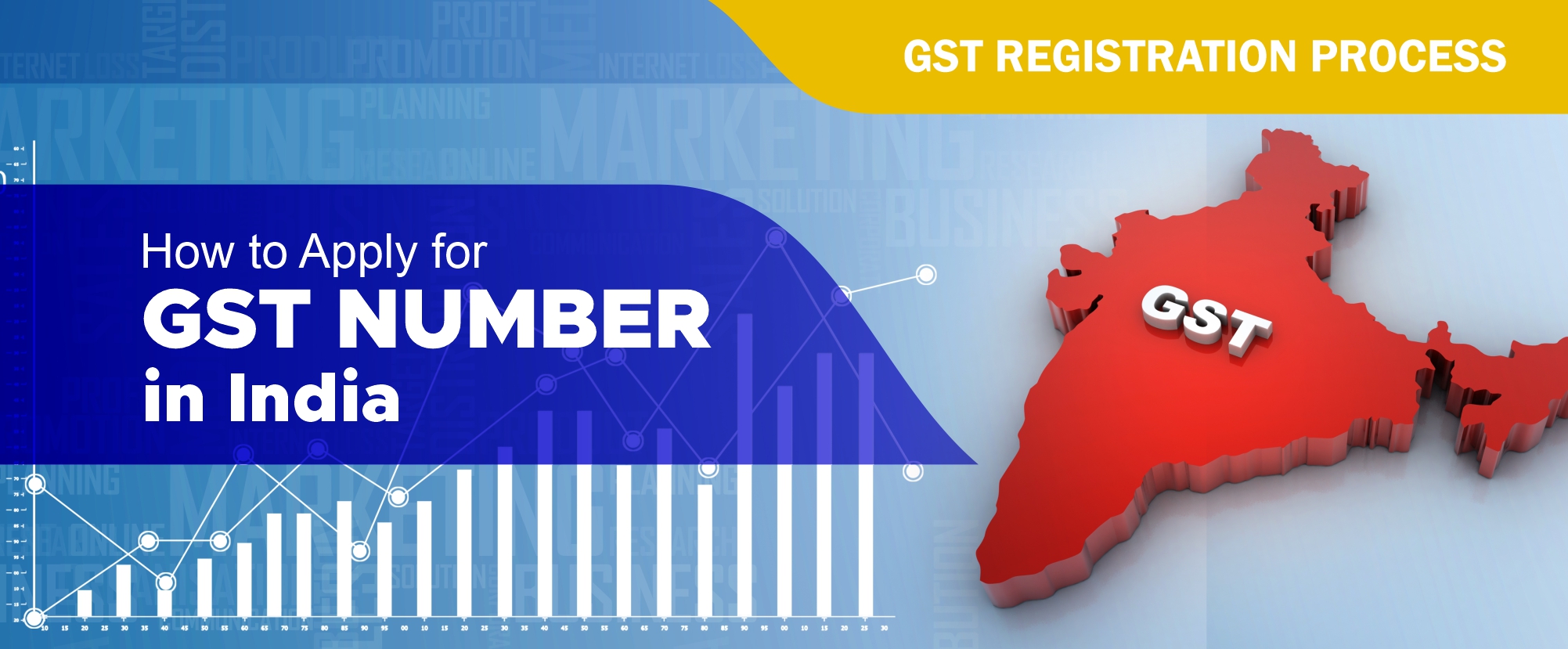GST Registration Process How to Apply for GST Number in India

Mar 01, 2024
Alankit
Understanding India's Goods and Services Tax (GST) system is important for businesses aiming to follow the country's tax rules. One key step in this process is GST registration, where businesses get a unique GST Tax Number allowing them to legally engage in transactions and contribute to the country's indirect tax pool. If a business exceeds specific turnover limits (Rs.40 lakh, Rs.20 lakh, or Rs.10 lakh), the owner must undergo GST registration, making them a regular taxable entity under GST.
Eligibility for GST Registration
- Individuals who were already registered under tax services before the implementation of the law.
- Non-Resident Taxable Persons and Casual Taxable Persons. Individuals who are liable to pay taxes through the reverse charge mechanism.
- All e-commerce aggregators. Businesses with a turnover exceeding Rs.40 lakh. In specific regions like Uttarakhand, Himachal Pradesh, Jammu & Kashmir, and the Northeastern states, the turnover threshold is Rs.10 lakh.
- Input service distributors and agents working on behalf of suppliers.
- Individuals engaged in supplying goods through an e-commerce aggregator.
- Individuals providing database access and online information from outside India to residents in India, excluding those who are already registered as taxable persons.
- GST registration is compulsory for businesses with an annual turnover of Rs.20 lakh or more.
Documents Required for GST Registration
- PAN card
- Aadhaar card
- Bank account information
- Proof of address
- Digital Signature Photograph (JPEG format, maximum size – 100 KB)
- Articles of Association/Memorandum of Association
- Certificate of incorporation issued by the Ministry of Corporate Affairs
- Proof of appointment of authorised signatory
- For LLP, the registration certificate/LLP Board resolution
GST Registration Process
To access a range of benefits and foster business growth, entities can follow a process outlined here for GST registration, facilitated by Alankit. This efficient service streamlines new GST registration, amendments, and cancellations, saving businesses valuable time and effort.
- Initiating the GST registration involves filling out the application form, with Alankit offering seamless services throughout.
- Applicants, whether taxpayers or GST practitioners, need to verify themselves and provide important details in Part A of the form. This includes the legal name of the business, Permanent Account Number, business location, contact information, and more.
- For verification purposes, essential documents can be conveniently uploaded online.
- After completing the entire form, including Part B, applicants will receive an Application Reference Number via SMS or email. It's important to note that if a business has multiple branches across different states, a separate registration process is required for each state.
- Similarly, businesses with multiple verticals should register each vertical separately. This ensures compliance and a smooth GST registration process.
Closing Note
In conclusion, obtaining a unique GST Number is not just a legal requirement but a key enabler for businesses to participate in the nation's economic activities seamlessly. With a transparent and diligent approach, entities can not only navigate the complexities but also unlock the doors to a seamless and compliant business journey.